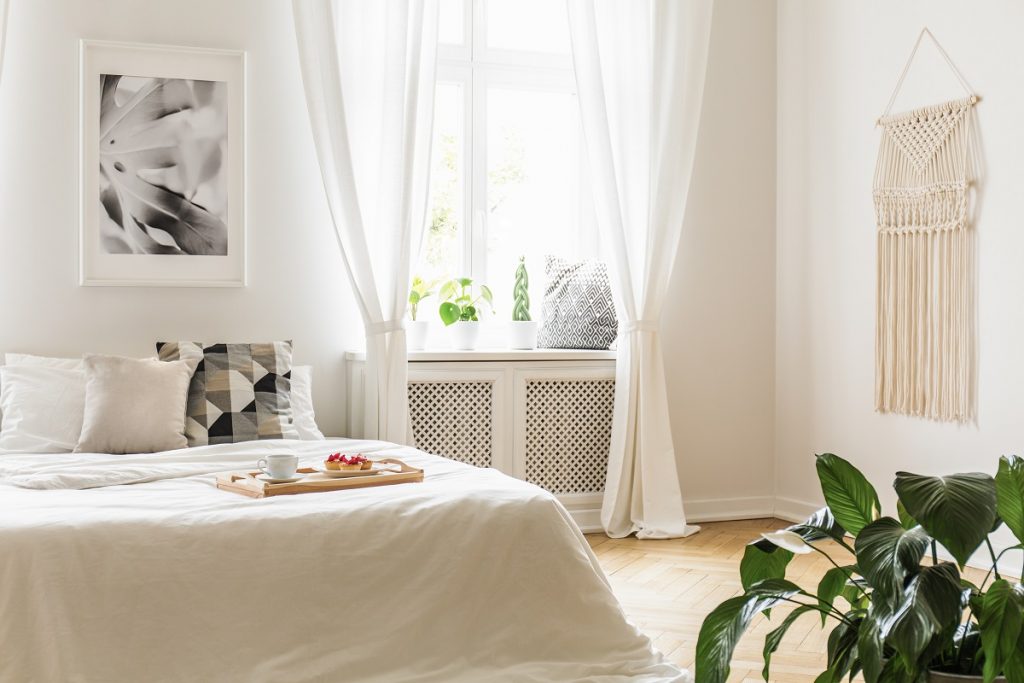Brand-new floors have transformative power. Even if you change nothing else, a room can look and feel completely different if you switch to a different type of flooring material.
Why not just paint the walls or cover them with new wallpaper, you say? It’s because new floors can offer a much bigger return on investment. According to Home Guide, new flooring can cost between $3 to $18 per square foot. The price can go higher still if you go for premium, longer-lasting materials which will certainly cost more upfront. They can, however, let you save more (and earn more from property resale) in the long run. More importantly, you can recoup your expenses for flooring upgrades when you finally sell your house.
So what type of flooring is ideal for upgrading a house, and what else can you do to achieve your aesthetic goals and more? Below are a few tips.
Choose 1-3 types of flooring materials.

The rule of thumb among interior designers and builders is to use only up to three different kinds of flooring materials for one home. The uniformity helps make a house look well put together and not designed indiscriminately by inexperienced homeowners. Also, using one type of flooring for all the main rooms that are connected can make a house feel bigger and more spacious. You can then use different, more practical tiles for the bathrooms and bedrooms.
Switch to wood flooring.
Now that we’re on the subject of flooring types, allow us to make a case for wood. There are so many varieties that are available on the market. There’s solid and engineered wood, plus a long list of different species of trees to choose from.
To find affordable wood varieties that are not native to the US, look for suppliers that offer engineered wood that looks like exotic hardwood. This material consists of a layer of veneer wrapped around in five to seven regular plywood sheets. They look very similar to the real thing, except that they’re more affordable and available.
Save the flooring for last.
If you have major structural renovations on schedule, do them first before upgrading your floor. If you don’t, you’ll be throwing away your hard-earned money because your new floor could end up getting damaged.
Upgrading your flooring last can also help you save time, materials, and resources. It prevents you from going back and forth on your floor installation, re-doing areas that were chipped, broken, or badly scratched during the renovations. This is also why contractors and builders often say that flooring is best installed when the house is still being constructed.
Purchase flooring materials from suppliers that offer a warranty.
The warranty terms won’t be uniform across the board, but you’re at liberty to find a supplier whose warranty offer is good enough for you. Warranties can help protect your investment in your floors by providing free replacements and other services for qualified situations.
Choose not just the right kind of flooring material and design, but also the right suppliers and installation teams. Keep these tips in mind so that you can achieve the goals you set out for installing new floors.

